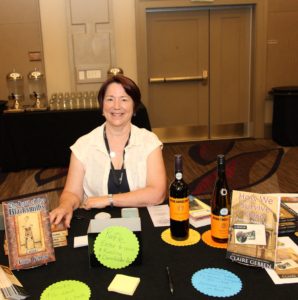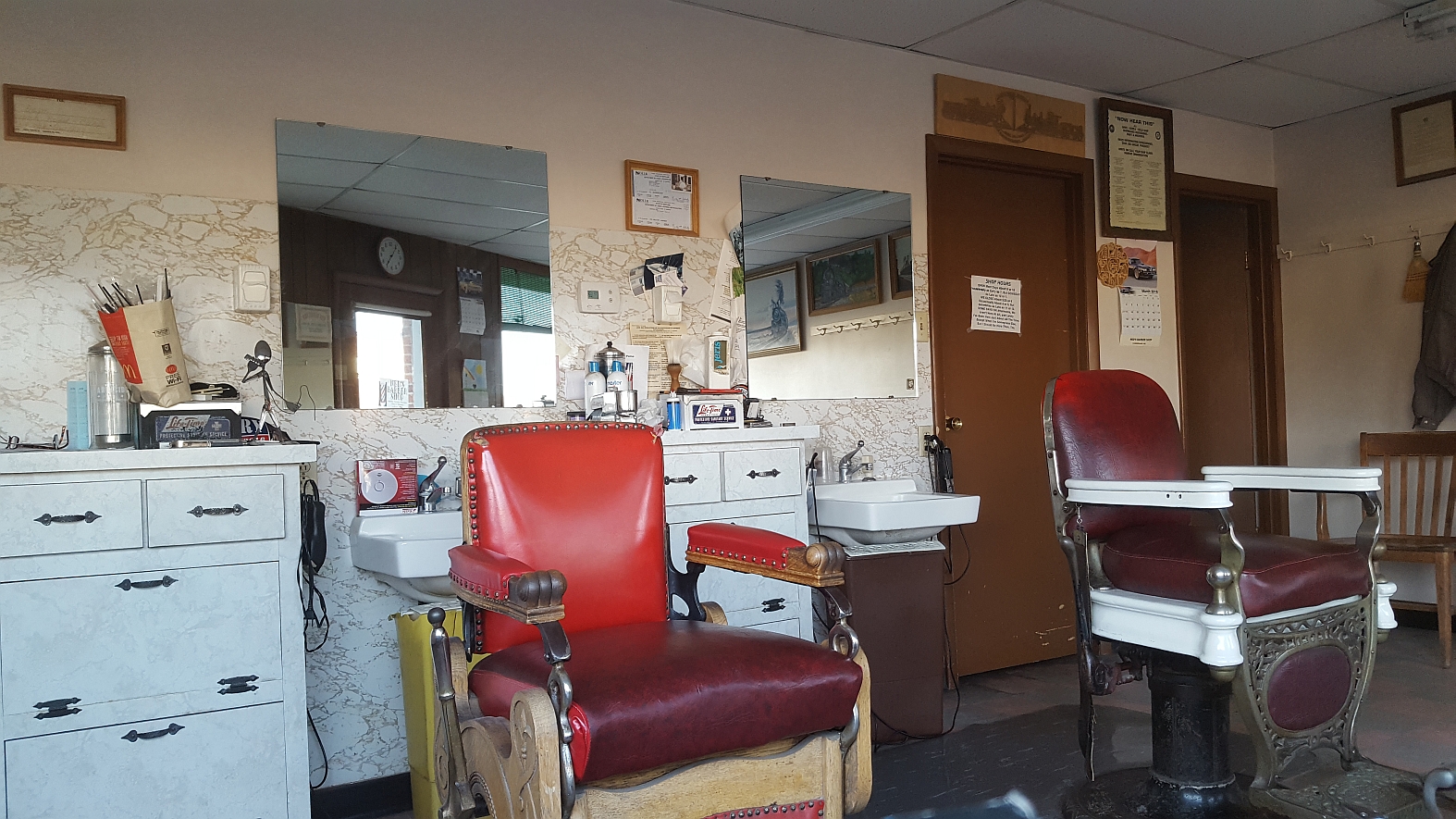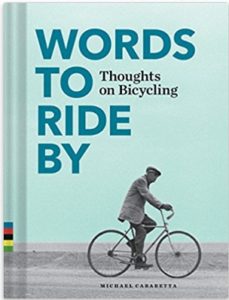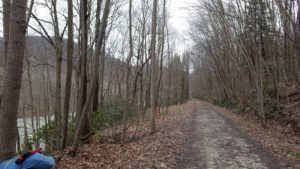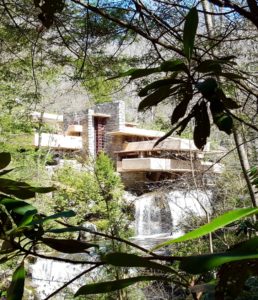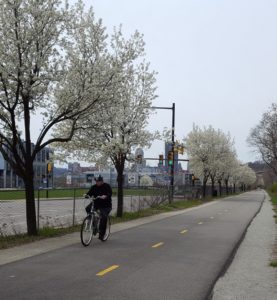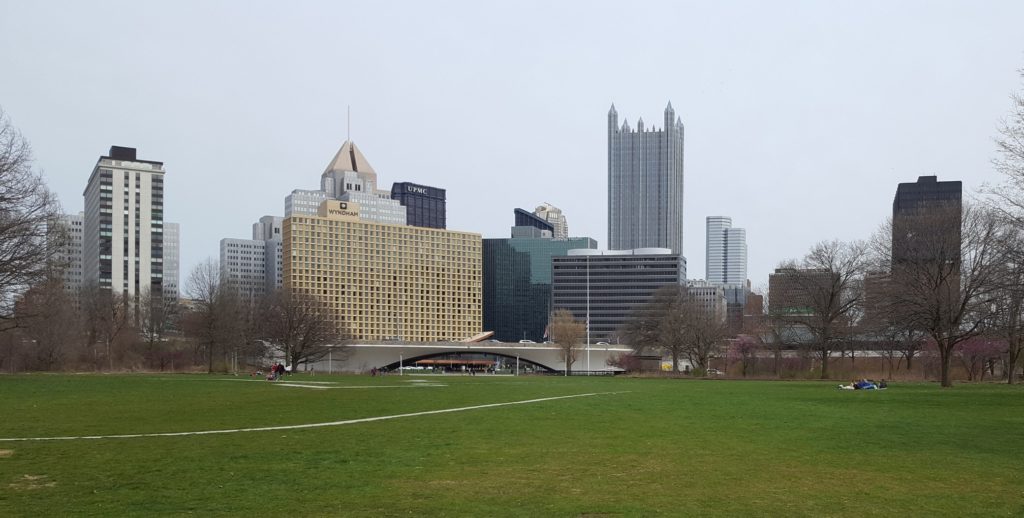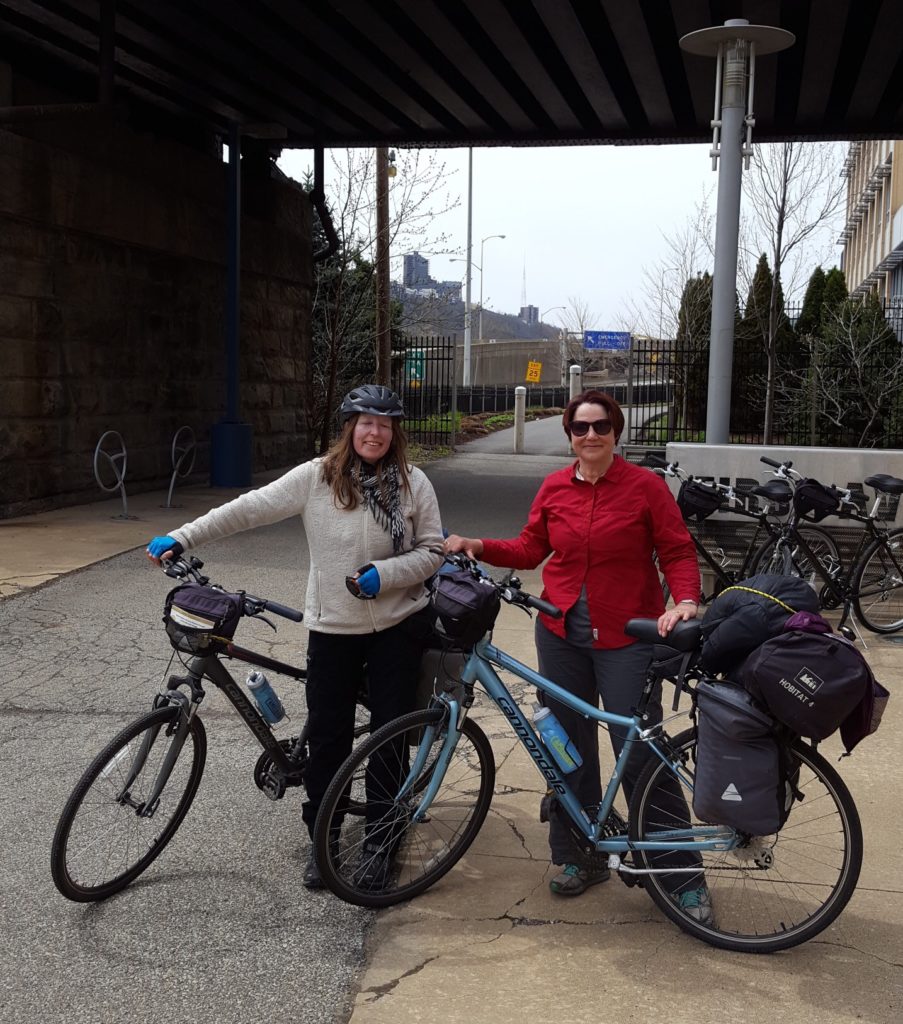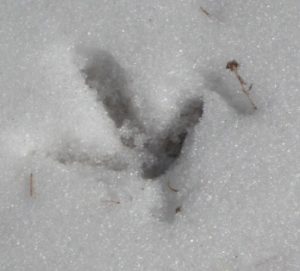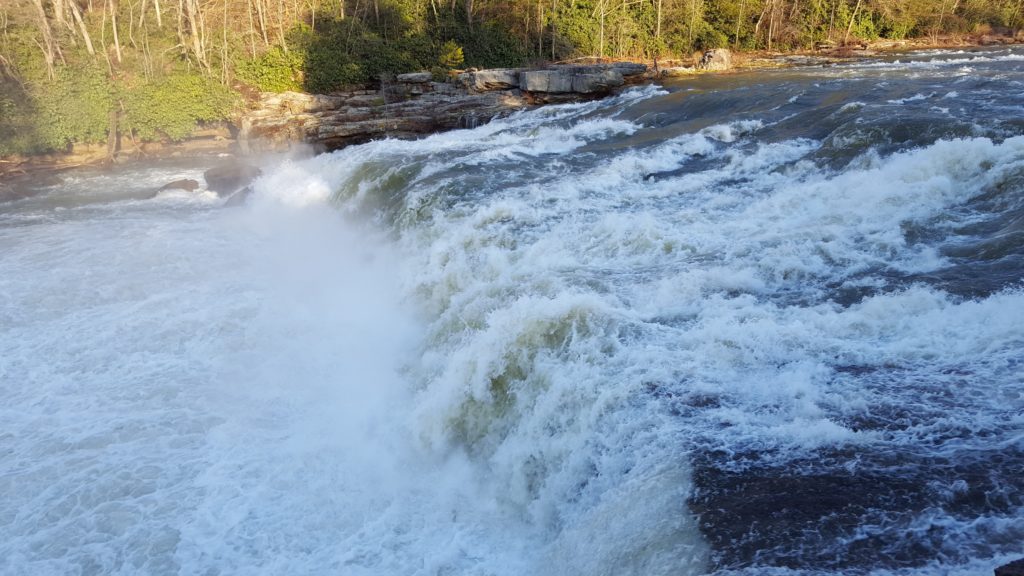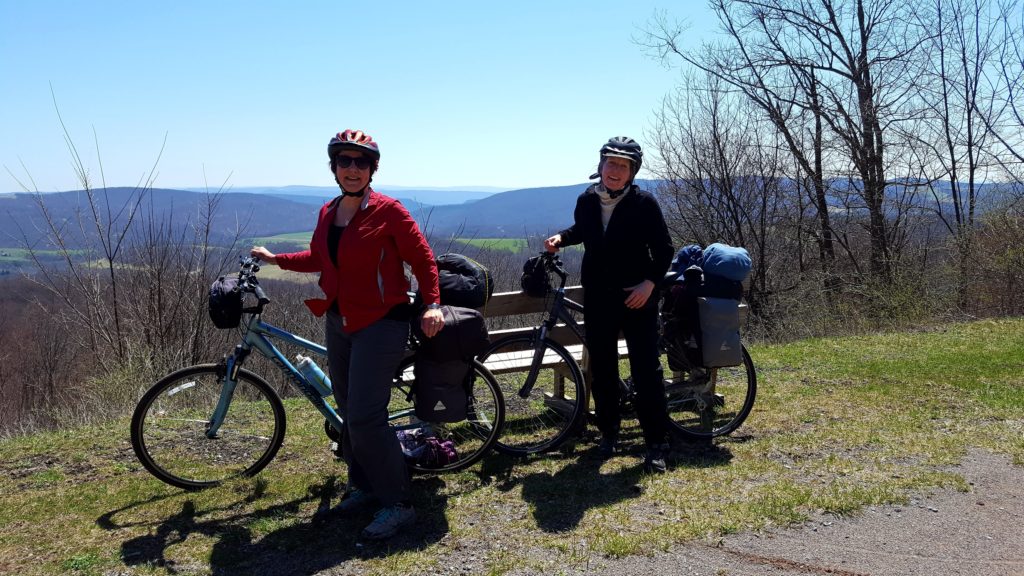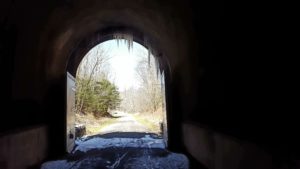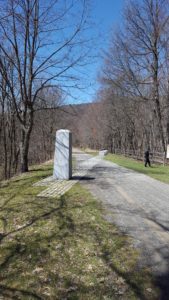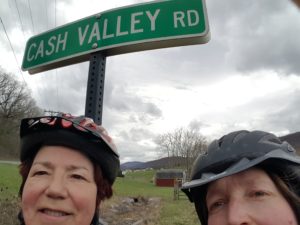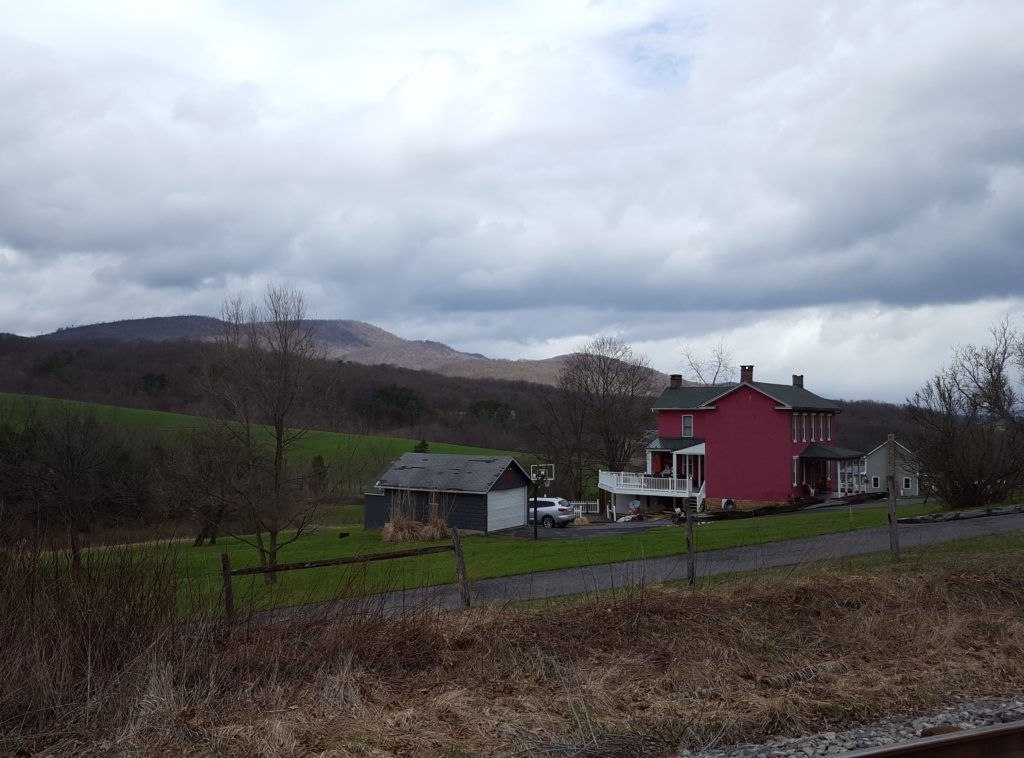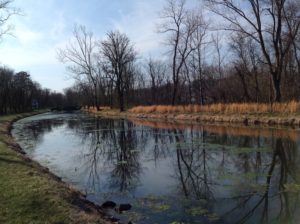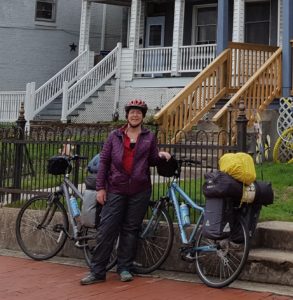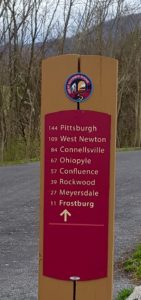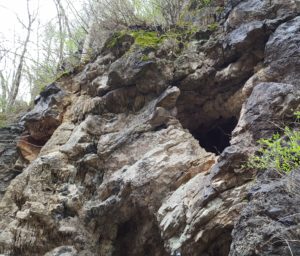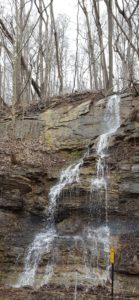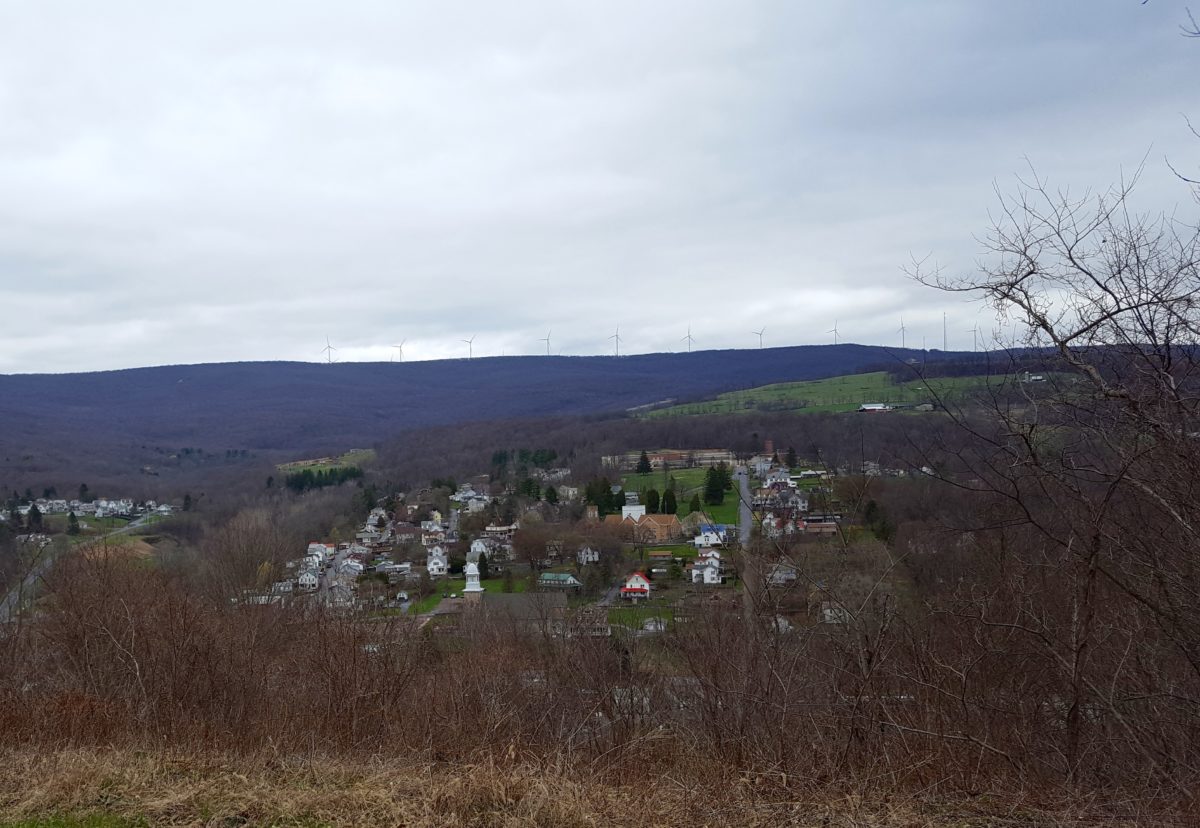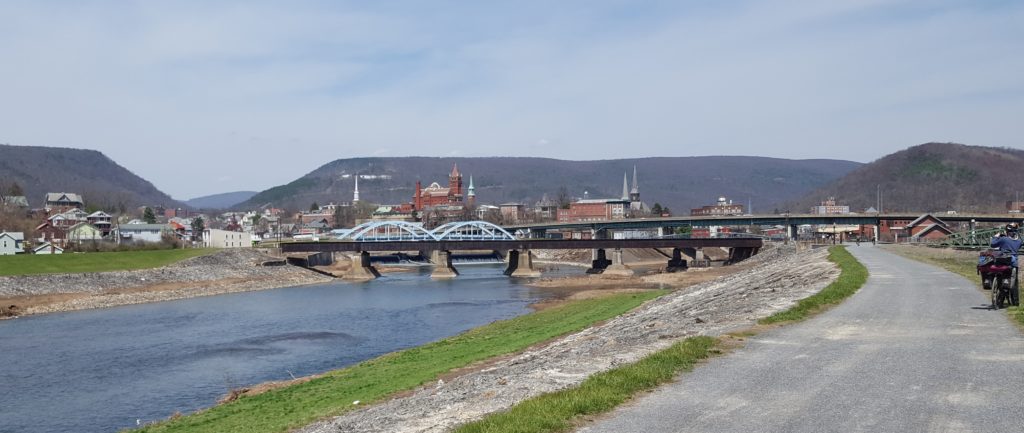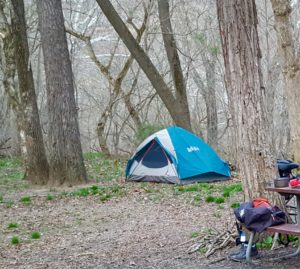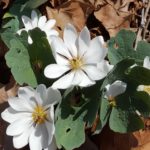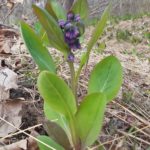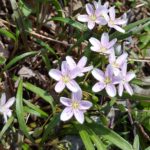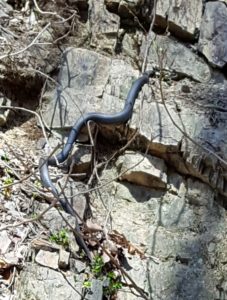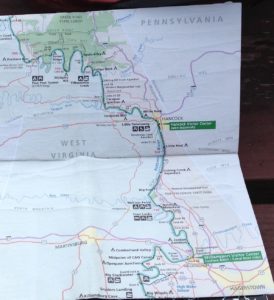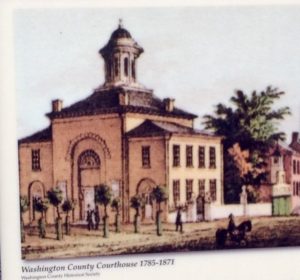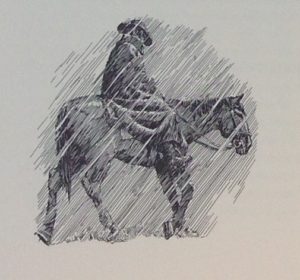NEWS FLASH: It’s pawpaw season.
Huh?! If you’re anything like me, you may never have heard of the pawpaw. Growing up in Ohio, I may have been around pawpaw trees plenty of times but not recognized them for what they were. The existence of pawpaw trees, and the late summer season when they bear edible fruit, only blipped onto my radar in 2018 during my history research of the Northeastern states.
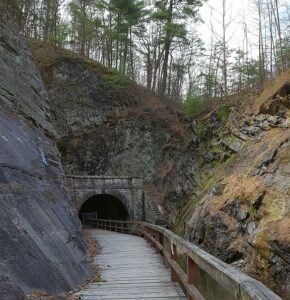 At the time, I was planning a bicycle trip on the C&O Canal Trail and Great Allegheny Passage Trail. (My blog posts about that trip start here.)
At the time, I was planning a bicycle trip on the C&O Canal Trail and Great Allegheny Passage Trail. (My blog posts about that trip start here.)
A section of the C&O Trail in Maryland passes through the Paw Paw Tunnel. What a strange name, I thought. Reading up on it on Wikipedia, I learned the following:
The Paw Paw Tunnel is a 3,118-foot-long (950 m) canal tunnel on the Chesapeake and Ohio Canal (C&O) in Allegany County, Maryland. Located near Paw Paw, West Virginia, it was built to bypass the Paw Paw Bends, a six-mile (9.7 km) stretch of the Potomac River containing five horseshoe-shaped bends. The town, the bends, and the tunnel take their name from the pawpaw trees that grow prolifically along nearby ridges.
Pawpaw trees? I was curious enough that, while bicycling through the region, I asked a local bicyclist what she knew about pawpaw trees, although with little success. (She had next to nothing to say on that subject, but was quite garrulous regarding Christ her savior.)
I’ve since learned the pawpaw tree bears an edible fruit in the end of summer and early autumn. By happenstance, right about now. It’s good timing, therefore, that Belt Publishing has just released The Pocket Pawpaw Cookbook by Sarah Bir. From the website:
What’s a pawpaw you ask? It’s a fruit, and also a challenge, locus of folklore and desire. A variant of the “custard apple” family, pawpaws exude a tropical air but grow wild north of Florida, east of the Mississippi, and south of Canada … They are fleshy and awkward to to eat, sweetly fragrant, and do not travel well at all. They are beloved by foragers, keepers of regional food traditions, and anyone seeking relief from the industrial food chain.
 Shortly after my copy of the book arrived, I flew off on a short visit to southern Ohio for a couple of days of research and time with family. I read the book cover to cover on the plane. It’s a delight. And in a mysterious synchronicity, while in Ohio I managed to finally see a pawpaw tree with the fruit ripening on its branches. FYI, if you happen to be yonder in the pawpaw patch, the 23rd Annual Pawpaw Festival is happening September 17-19 in Albany, Ohio, where you can apparently enjoy all things pawpaw.
Shortly after my copy of the book arrived, I flew off on a short visit to southern Ohio for a couple of days of research and time with family. I read the book cover to cover on the plane. It’s a delight. And in a mysterious synchronicity, while in Ohio I managed to finally see a pawpaw tree with the fruit ripening on its branches. FYI, if you happen to be yonder in the pawpaw patch, the 23rd Annual Pawpaw Festival is happening September 17-19 in Albany, Ohio, where you can apparently enjoy all things pawpaw.

